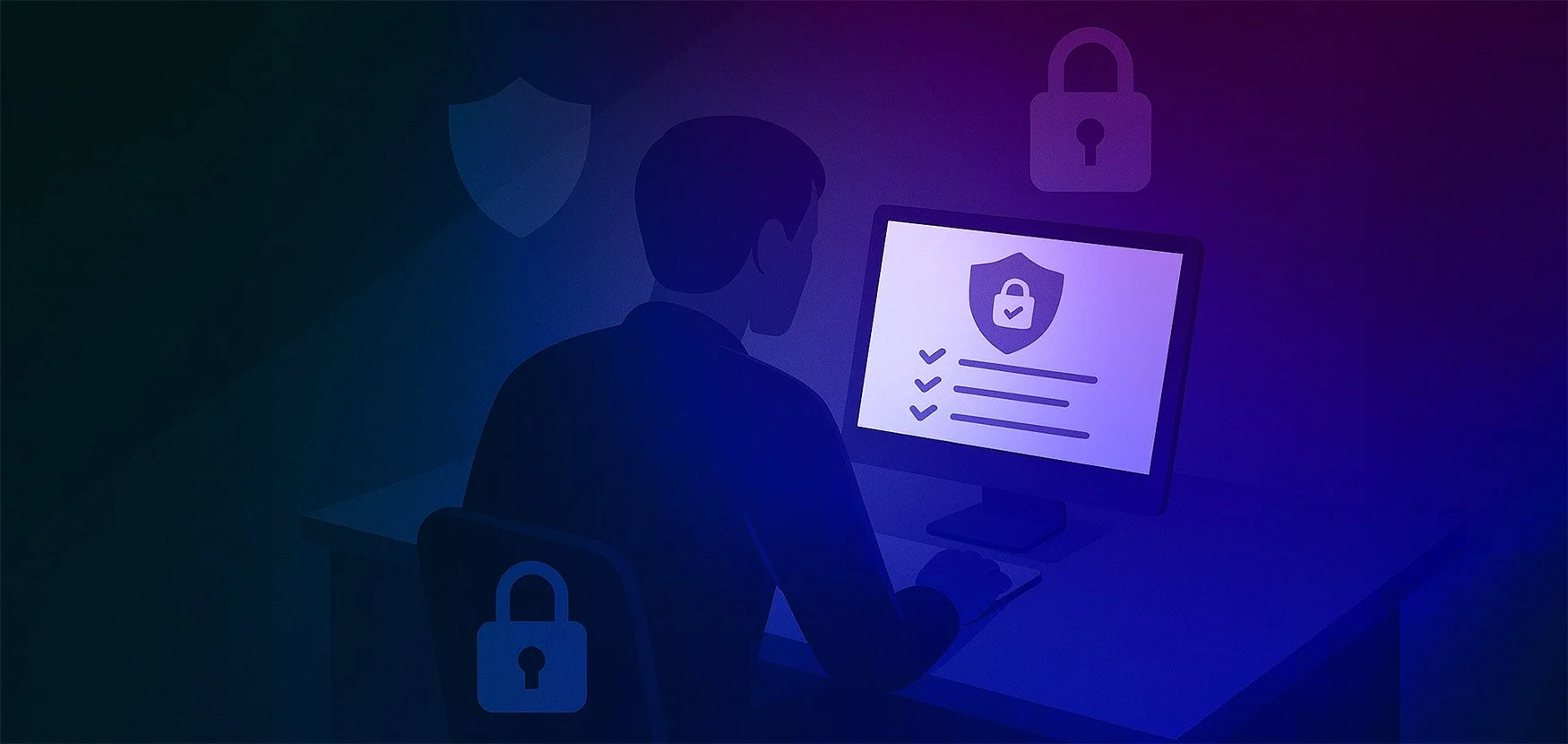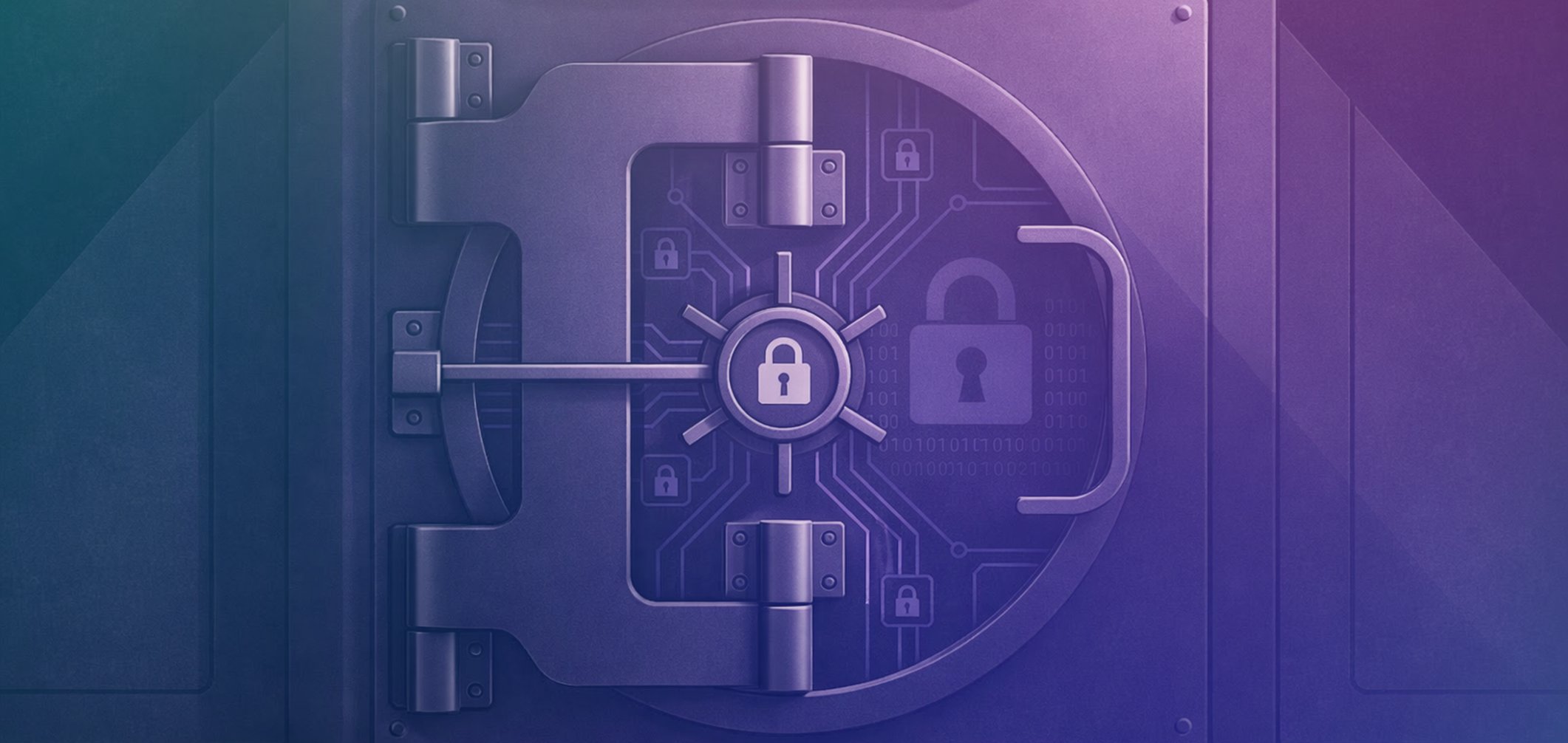Practical Steps to Protect Your Identity and Privacy
If you're reading this, you're already thinking ahead. Whether you're a current mePrism Privacy customer or considering joining, the best way to protect your personal data is to take action before it’s exploited.
Here are the most important digital security steps every individual and family should put in place today.
1. Lock Down Your Credit
Your credit history affects your ability to get loans, open accounts, rent housing, or get hired. That makes it a prime target for identity thieves.
Review Your Credit Reports
Check your credit reports once a year from all four U.S. credit bureaus: Equifax, Experian, TransUnion, and Innovis.
Look for accounts, addresses, or activity you don’t recognize.
Request your free annual report at www.annualcreditreport.com or call 877.322.8228.
Freeze Your Credit
A credit freeze prevents new accounts from being opened in your name.
It doesn’t affect your credit score or current creditors.
Set it up separately with all four bureaus:
Equifax: 888.298.0045
Experian: 888.397.3742
TransUnion: 800.916.8800
Innovis: 866.712.4546
Protect Minors and Vulnerable Family Members
Freeze credit proactively for children and the elderly.
Identity thieves often target these groups because fraud can go unnoticed for years.
2. Place a Fraud Alert
A fraud alert tells creditors to take extra steps to verify your identity before issuing credit.
You only need to contact one bureau—they’ll notify the others:
Equifax: 888.836.6351
Experian: 888.397.3742
TransUnion: 800.916.8800
Innovis: 866.712.0021
Types of alerts:
Initial Alert (1 year, renewable): For anyone suspecting fraud.
Extended Alert (7 years): For confirmed victims of identity theft.
Active Duty Alert (1 year): For military personnel on deployment.
3. Respond Quickly to Data Breaches
Your information may already be in the wrong hands. Here's what to do if you're part of a breach:
Notify your financial institutions and place alerts on your accounts.
Change passwords for affected services. Use complex, unique combinations.
Turn on two-factor authentication (2FA) wherever available.
Freeze your credit immediately to block account creation.
Set up account alerts for banking, investment, and credit card activity.
Confirm money requests by phone, especially after a breach.
Be skeptical of unsolicited calls or emails asking for personal details.
File your taxes early to prevent fraudulent tax return filings.
Help family members who may not monitor their identity as closely.
Use secure messaging and encryption when sharing sensitive information.
4. Use Smart Cyber Hygiene Every Day
A few basic practices go a long way in reducing your digital exposure.
Strong Password Habits
Use long, complex passwords with numbers, symbols, and upper/lowercase letters.
Never reuse passwords across accounts.
Don’t let browsers remember your passwords.
Use a trusted password manager with AES-256 encryption and multi-device support.
Safer Internet and Device Usage
Download apps only from verified sources.
Enable private browsing and delete cookies often.
Never save your credit card on retail sites.
Don’t click on suspicious pop-ups or links in emails.
Keep your operating systems and antivirus software up to date.
Back up your data regularly and securely.
Safer Home Networks
Create two Wi-Fi networks: one for you and one for guests, smart devices, and kids.
Change default router names and passwords.
Enable router encryption and firewall settings.
Choose a router that supports automatic software updates.
5. Secure Your Mobile Life
Install antivirus software on all mobile devices.
Regularly review app permissions and privacy settings.
Turn off Bluetooth and location access when not in use.
Use VPNs when on public Wi-Fi.
Enable remote wipe in case your phone is lost or stolen.
6. Stay Private on Social Media and AI Tools
Post less. Criminals mine personal posts to answer security questions or craft phishing scams.
Use strong privacy settings.
Avoid sharing detailed information with generative AI tools, especially financial or family data.
Be suspicious of anyone requesting access or sensitive information—no matter how legitimate they seem.
7. Choose the Right Tools
Password Managers
Choose one with a password generator, multi-factor authentication, and data sync across devices.
VPNs
Opt for one with no data logging, global server coverage, and strong encryption.
Use it on phones, tablets, and laptops—especially on public Wi-Fi.
Antivirus Software
It should detect, quarantine, and remove malware without slowing down your device.
Look for software that includes parental controls and data backup options.
One Last Thing: Think Like a Hacker Would
What would a cybercriminal find out about you online?
How easy is it to access your home address, phone number, or family details?
Are you using different passwords for every login?
If your data showed up on the dark web tomorrow, would you know?
mePrism Privacy is here to reduce your digital footprint before it’s exploited. We remove your personal data from hundreds of data broker sites, monitor for reappearance, and keep you in control of your privacy.
Want to take the next step? Join mePrism and start protecting yourself today.
Let us know if you’d like a PDF handout version of this post or a checklist format for team members, executives, or families.
Ready to try mePrism yourself?
If you're a company protecting at-risk employees, or an individual concerned about your digital footprint, start your privacy removal today at mePrism.com.
Because your data shouldn’t be a roadmap for violence.
Explore more from Our Team
Browse more posts written by our team to help you stay in control.
Be Part of the Conversation





